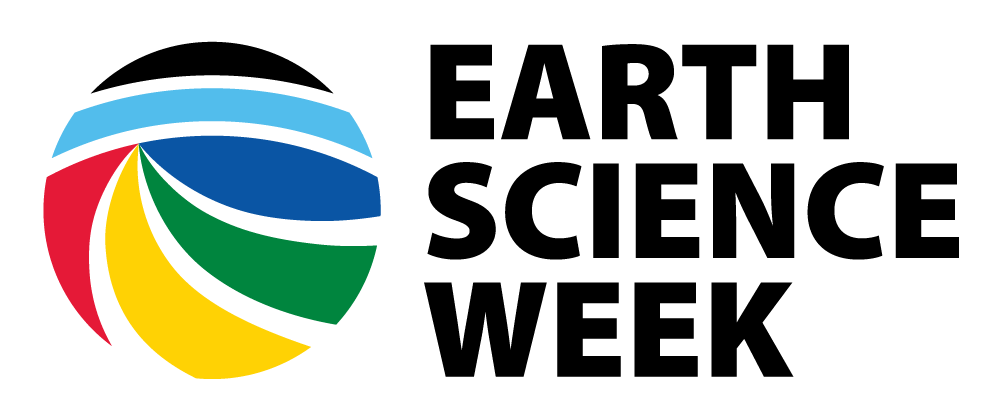Earth Science Week Classroom Activities
Take the Pulse of Your Classroom

Activity Source:
Incorporated Research Institutions for Seismology (IRIS) and Suitable Systems
Background
Elastic waves that move through the Earth are called seismic waves. Want to study them more closely? SeisMac is a free application that displays the output from the Sudden Motion Sensor in recent Mac laptops as a real-time, three-axis, acceleration graph, or, more commonly, a seismogram.
Once your class has received some instruction on seismic waves, the following activity can leverage SeisMac technology to help students understand how a seismometer records ground motions. Consider: What information does a threecomponent seismogram express? How are S and P waves identified on a seismogram? How do seismic waves travel through the Earth?
Materials
- PowerBook (2006 to present), MacBook Pro
- Download SeisMac
- Sample seismograms from SeisMac (IRIS), or select your own recent event using the Real-time Seismogram Displays
- Earthquake video
Procedure
- Put your laptop on a table and project SeisMac onto a screen.
Discuss : What do you think this program is designed to do? The computer and software are recording the “acceleration” of the floor in the classroom (like a seismograph). Why might we want to know how the ground moves? View the Kobe earthquake video clip.
- Discuss: Why are there three traces? Propose experiments to explain the three traces. Try experiments (e.g. bump the table in the X, Y and Z directions).
What is the relationship between these physical motions and the graph? Motion has three components (X, Y, Z), and each is represented on a separate trace on the graph.
- Hand out a three-component seismogram from an earthquake. Discuss: What does this graph say? How is this graph similar to what can be seen on the screen? The seismic data are represented in a three- component graph similar to the one produced by SeisMac.
Review seismic waves. Based on what we already know about waves, pick the P (the first signal to arrive) and S (the second) wave arrivals on the seismogram. In which component is most of the energy for the P wave? Or for the S wave? Why?
- Try to replicate the motion shown in this seismogram by moving the laptop. Replicate the motion of the P arrival first, then the motion for the S arrival. Finally, put the two together.
Discuss : How did the ground move for the P wave? Or for the S wave? Based on what you already know about particle motion compared to the direction of travel for seismic waves (particles move parallel to the direction of wave propagation for P waves), how did the seismic energy arrive at the station that recorded this earthquake?
Draw a diagram. Waves from distant earthquakes follow a curving path through the Earth. As a result, they arrive at seismic stations from below, and thus most of the energy from the P wave is in the vertical component.
- To connect the seismograms you have studied to actual earthquake ground motion, watch the earthquake video again and identify the arrivals of the different seismic waves in the video.
